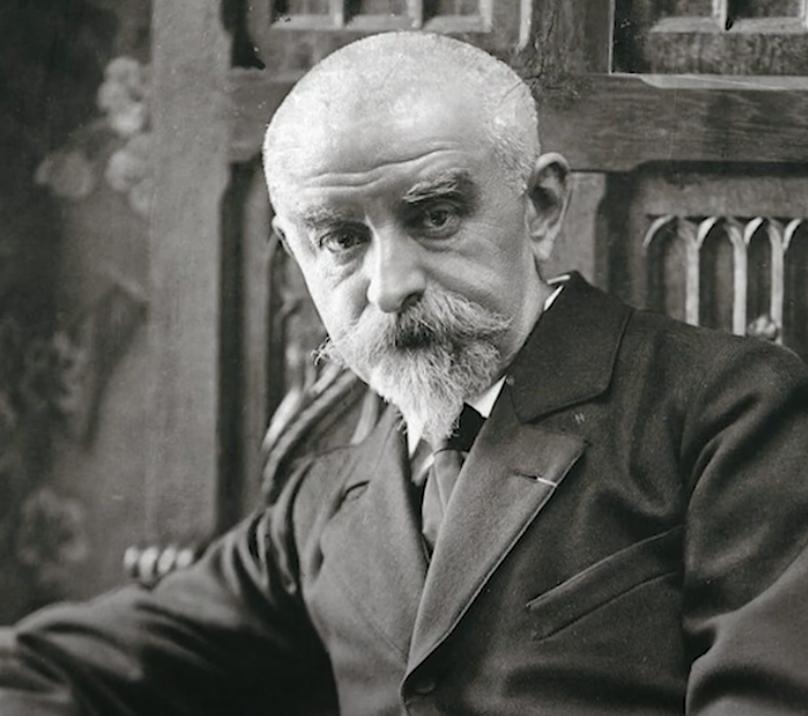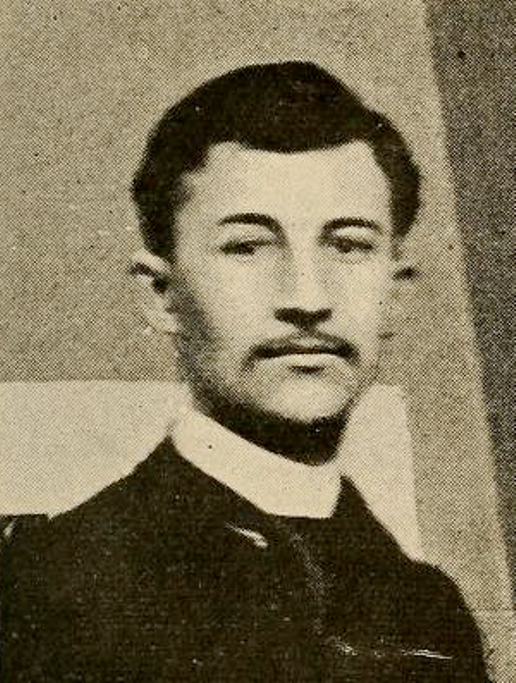рене киффер (1875-1963)

René Kieffer was a French bookbinder, publisher and bookseller.
A pupil of Henri Marius Michel, he worked for ten years as a gilder at the Chambolle-Douroux bookbinding factory. In 1903 René Kieffer opened his studio in Paris, and in the same year his work was first shown at the Salon de la Société des Artistes-Decorators.
Over time, his work shifted from classical forms to Art Nouveau motifs. René Kieffer was known for using bright colors in elaborate designs, creating luxurious bindings for unique publications. Between 1917 and 1923, he created Pierre Legrain's designs for Jacques Doucet's library. As a bookbinder and publisher, René Kieffer was vice-president of the book department of the 1925 Paris International Exhibition of Decorative Arts and Modern Industry. He also participated in the International Exhibition of Arts and Technology in Modern Life in Paris in 1937.

Charles Jouas, born Charles Alfred Auguste Jouas, was a French painter, illustrator and designer, and printmaker.
Charles studied painting in workshops with various artists and worked on theater sets. In 1896 he met the famous bibliophile Henri Beraldi, and this meeting was decisive: the artist had promising orders. Then began a long collaboration with the engraver Henri Paillard (1846-1912).
Charles Jouas specialized in cityscapes of Paris, from 1890s worked as an illustrator for rare books. Then he began engraving his own drawings and experimenting with etching, and became president of the engraving section of the National Society of Fine Arts.

Joris-Karl Huysmans, real name Harles-Georges-Marie Huysmans, was a French writer and poet, the first president of the Goncourt Academy.
Huysmans' father was Dutch, and he always emphasized this fact. At the age of 20, the aspiring writer began working as an official in the French Ministry of the Interior, where he served all his life.
Huysmans received the greatest fame thanks to the novel À rebours ("Against Nature"). The main appeal of this writer's work lies in its autobiographical content. And his style is characterized by a wide vocabulary of the French language, a wealth of detailed and sensual descriptions, as well as sharp satirical wit. The novels are also notable for their encyclopedic documentation, ranging from a catalog of decadent Latin authors in À rebours to a discussion of the symbolism of Christian architecture in La Cathédrale.
In his work, Huysmans expresses a distaste for modern life and a deep pessimism, but in his writings one can trace the stages of intellectual life in late nineteenth-century France. Joris-Karl Huysmans was one of the earliest proponents of Impressionism. He was also a renowned literary critic and one of the founders and first president of the Goncourt Academy.


René Kieffer was a French bookbinder, publisher and bookseller.
A pupil of Henri Marius Michel, he worked for ten years as a gilder at the Chambolle-Douroux bookbinding factory. In 1903 René Kieffer opened his studio in Paris, and in the same year his work was first shown at the Salon de la Société des Artistes-Decorators.
Over time, his work shifted from classical forms to Art Nouveau motifs. René Kieffer was known for using bright colors in elaborate designs, creating luxurious bindings for unique publications. Between 1917 and 1923, he created Pierre Legrain's designs for Jacques Doucet's library. As a bookbinder and publisher, René Kieffer was vice-president of the book department of the 1925 Paris International Exhibition of Decorative Arts and Modern Industry. He also participated in the International Exhibition of Arts and Technology in Modern Life in Paris in 1937.

Joris-Karl Huysmans, real name Harles-Georges-Marie Huysmans, was a French writer and poet, the first president of the Goncourt Academy.
Huysmans' father was Dutch, and he always emphasized this fact. At the age of 20, the aspiring writer began working as an official in the French Ministry of the Interior, where he served all his life.
Huysmans received the greatest fame thanks to the novel À rebours ("Against Nature"). The main appeal of this writer's work lies in its autobiographical content. And his style is characterized by a wide vocabulary of the French language, a wealth of detailed and sensual descriptions, as well as sharp satirical wit. The novels are also notable for their encyclopedic documentation, ranging from a catalog of decadent Latin authors in À rebours to a discussion of the symbolism of Christian architecture in La Cathédrale.
In his work, Huysmans expresses a distaste for modern life and a deep pessimism, but in his writings one can trace the stages of intellectual life in late nineteenth-century France. Joris-Karl Huysmans was one of the earliest proponents of Impressionism. He was also a renowned literary critic and one of the founders and first president of the Goncourt Academy.

Paul Guignebault, born Paul Amand Guignebault, is a French painter, illustrator, designer and printmaker.
Paul studied at the Paris School of Fine Arts. In early 1902, he founded L'Atelier d'art with Henri Boutet, where they printed fine prints and color etchings. Paul Guignebault also worked as an illustrator of works for children for several book publishers in Paris, and was also involved in the creation of picture reproductions for Imagerie Quantin.




